Researchers:
Andrew K. Koeser, Richard J. Hauer, Erin E. Downey, Deborah R. Hilbert, Drew C. McLean, Michael G. Andreu, Robert J. Northrop
Format: Research Study/Post-Test
CEUs:
ISA BCMA Science: 0 Practice: 0 Management: 1
Climber Specialist: 1
ISA Certified Arborist: 1
Utility Specialist: 1
Municipal Specialist: 1
Aerial Lift Specialist: 1
You are purchasing the post-test and CEU processing for this open source research study.
Abstract:
Many cities actively manage their urban trees in an effort to increase canopy coverage, manipulate species and size distributions, and maximize associated environmental and social benefits. As development is one of the most significant factors limiting tree abundance and health, many local governments have enacted policies or ordinances which attempt to reduce tree loss during construction activities through preservation or replacement requirements. Recently, the state of Florida passed a state statute which significantly limits local government oversight of trees on private residential properties – a land use type which can often account for the majority of a municipality’s urban forest. In this study, we accessed ordinance databases to assess the potential impact of this law on urban forest governance in Florida’s 300 largest cities (by population). We also surveyed urban tree managers in the largest 150 cities to assess the range of strategies being developed to function under this new political normal. Ordinances that regulate the removal of urban trees were the most likely to be impacted by the new state legislature and were in place in 46% of the communities assessed. Despite this, very few responding cities had changed their ordinances to comply with the new statute – though several indicated such changes were in progress. Other changes in policies and ordinances ranged from maintaining business as usual to actually investing more into urban forest management through increased inventory and management plan activities.
Click the link below to read the research study:
https://drive.google.com/file/d/1OfYR3lemKJN_P3xj_L_yEu1ZAKwlhKa0/view

